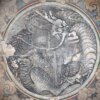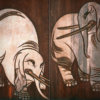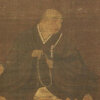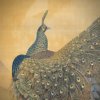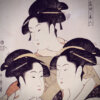What Is the Difference Between Maruyama School and Shijō School?
Autumn Flowers and Bugs
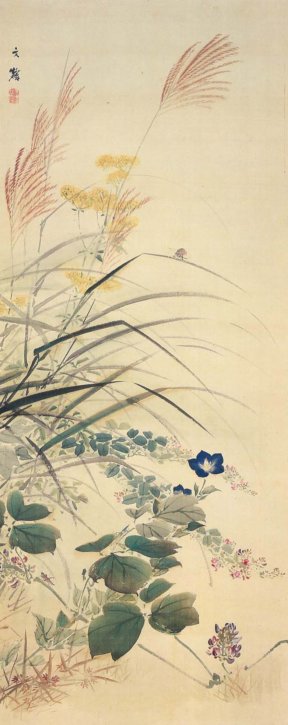
Shiokawa Bunrin was a Shijō School’s Japanese painter and learned drawing from Okamoto Toyohiko. Shibata Zeshin also learned from Okamoto Toyohiko. Sometimes people categorize Shijō’s characteristics as objective realism and see the same motive as Maruyama School. However, if we compare the Maruyama School to the Shijō School and study both, we notice that there are significant differences between the two schools. If we look at the painting (like this work above), the differences will be apparent. There is no doubt that the Shijō School also thinks objective realism as fundamental of their drawings, but they have different attitudes toward realism. The Shijō School does not set exact depiction as the center of its values. Since Matsumura Goshun founded the Shijō School, they have preserved their tradition more toward Bunjinga (Literati painting).
One of the Shijō School’s values is to have a closeness to literature, such as the Haiku poems of Yosa Buson (who is the master of Goshun). Bunrin received these characteristics from Toyohiko, and Bunrin gained expertise in strong drawing strokes in paintings. This picture (above) features various autumn flowers blossoming. We can clearly see *tsuketate technique that Shijō School was good at, and the technique presents keenness of the strokes. Although there is stiffness in the Maruyama paintings because of the pursuit of objective realism, paintings expressed with a poetic sentiment like the picture above have a sophisticated atmosphere.
- Tsuketate: One of the typical techniques of Japanese painting that does not draw the outlines but do with one brushwork containing light and shade, two types of Sumi inks or paints simultaneously at once so that the result can express the shade and the stereoscopic effect, which can be often seen in Maruyama and Shijō schools.

